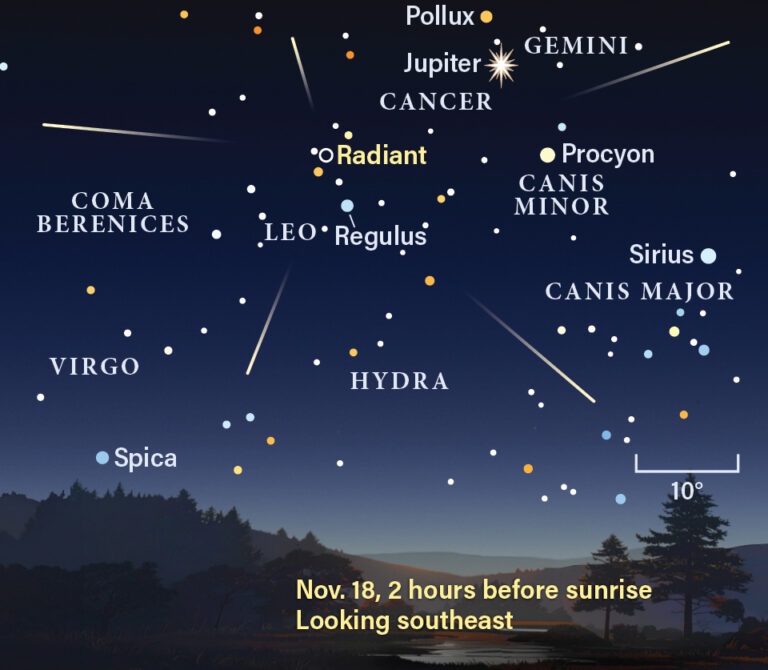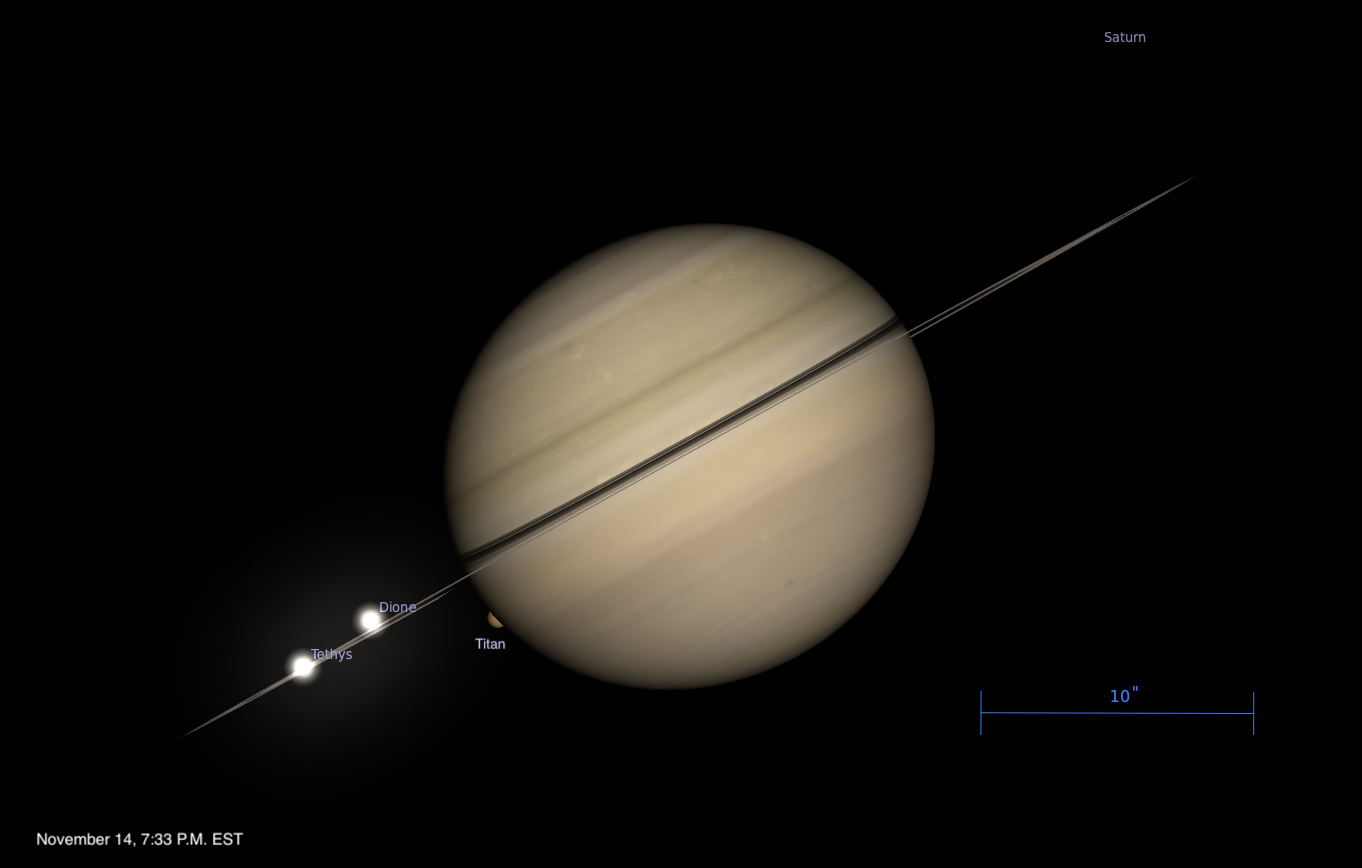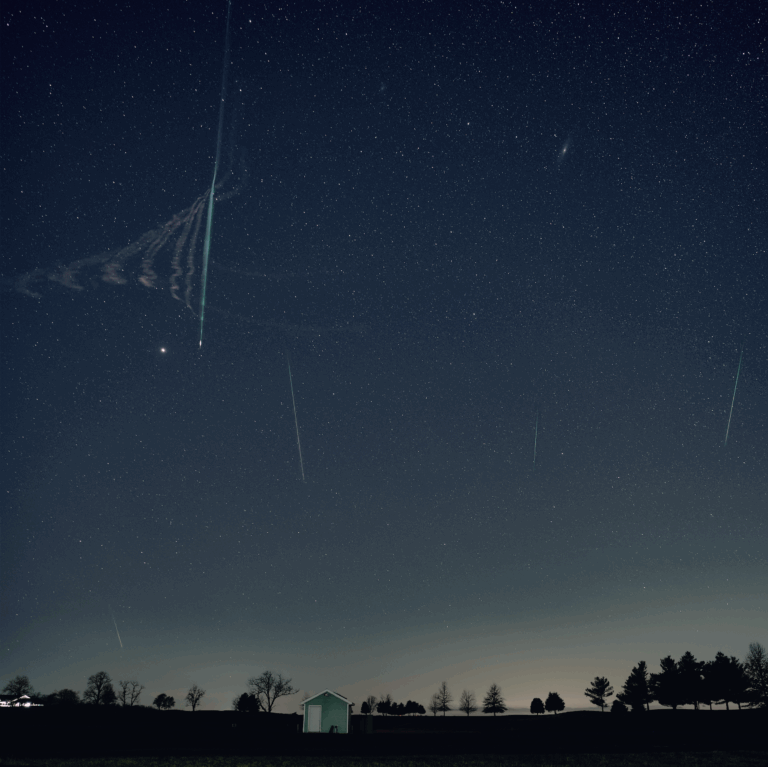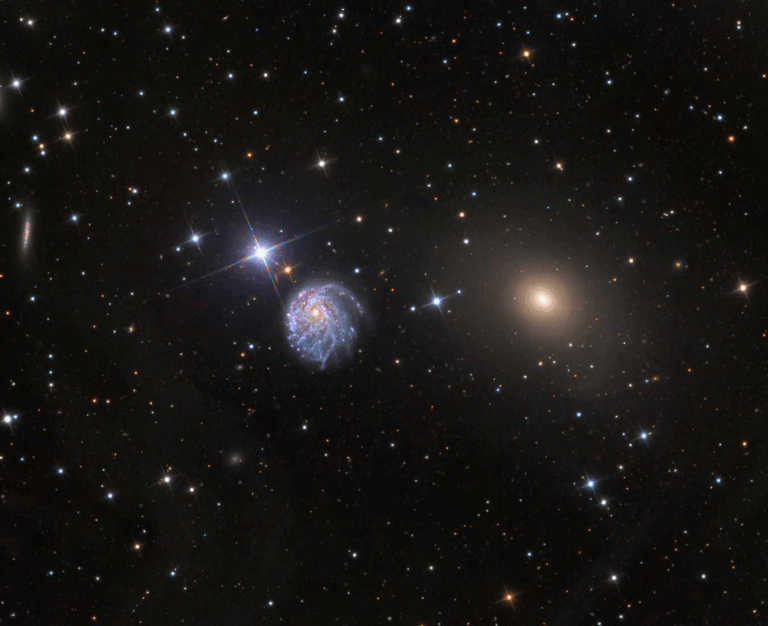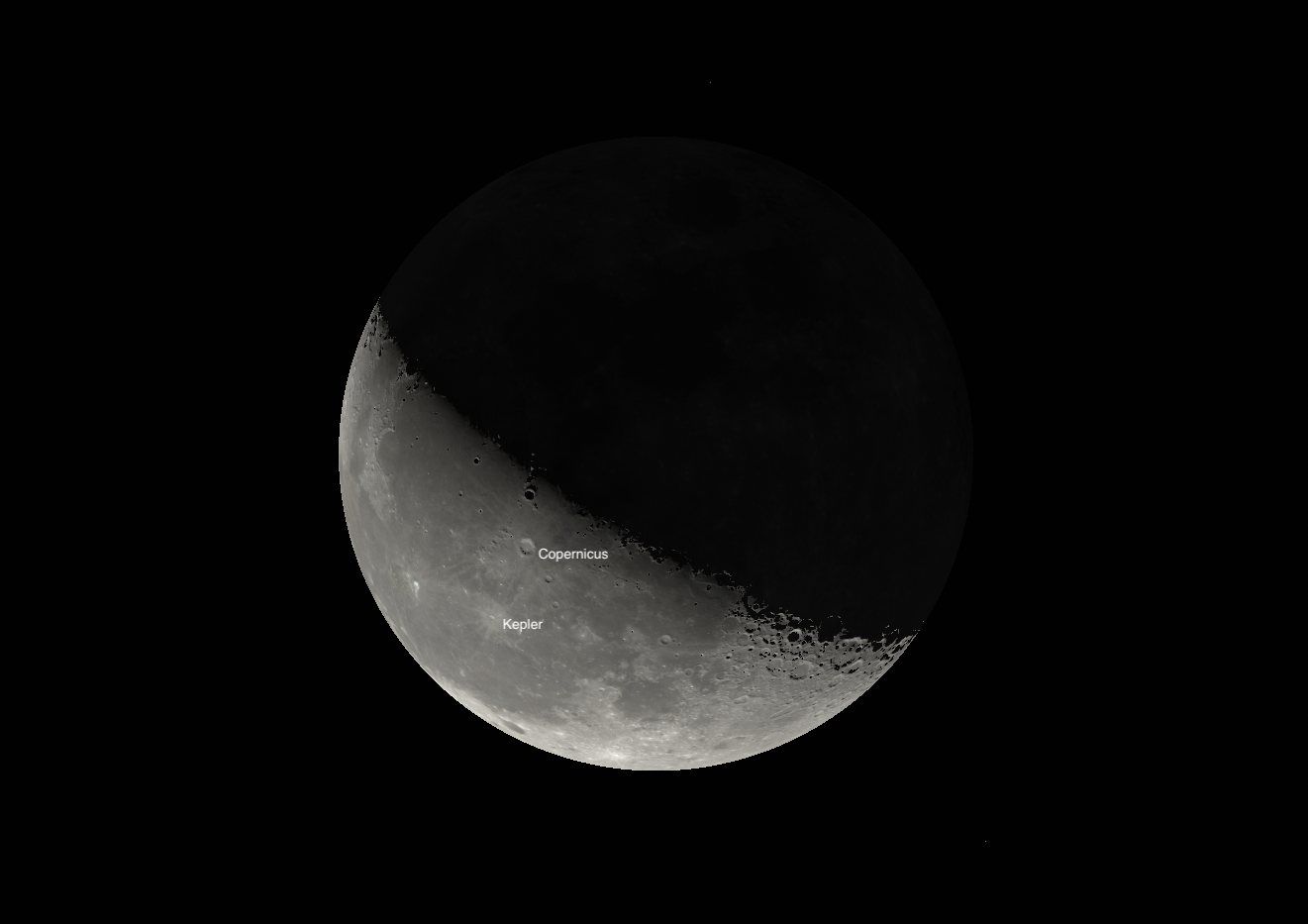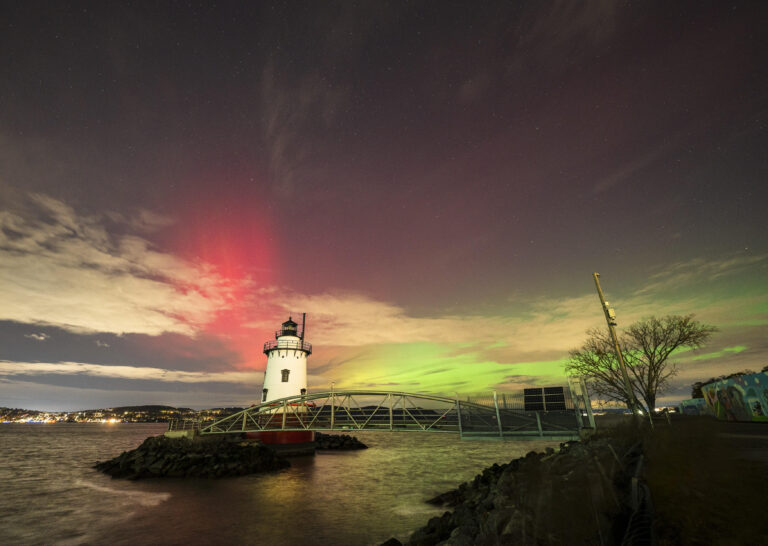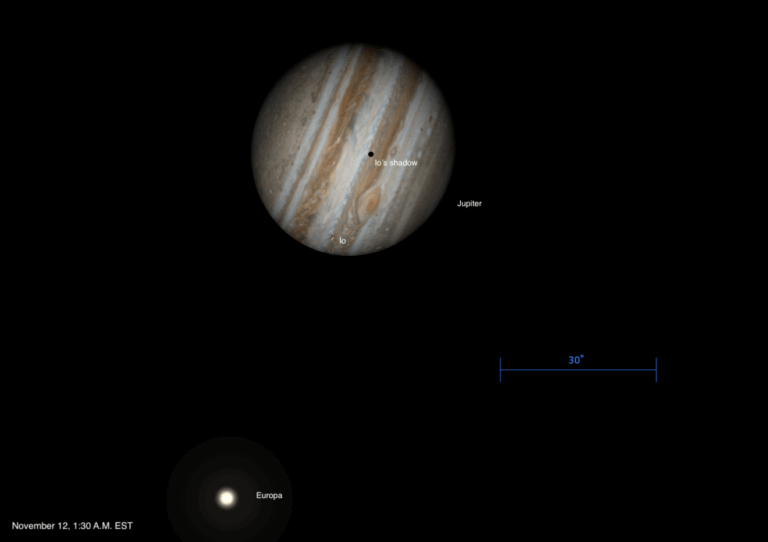
Credit: ESO
Key Takeaways:
- New research indicates that Artificial Light At Night (ALAN) increases ecosystem respiration, leading to a greater release of carbon from plants, microbes, and animals.
- This heightened carbon release is not accompanied by a proportional increase in photosynthesis, consequently diminishing carbon storage within affected ecosystems.
- A study by Cranfield University, published in Nature Climate Change, utilized satellite data and 86 carbon flux monitoring sites across continents to demonstrate ALAN's widespread impact on the global carbon balance.
- These findings suggest that ALAN, currently omitted from most climate models and affecting approximately a quarter of Earth's land surface, significantly shifts the global carbon balance, though it is a readily reversible stressor.
For decades, amateur astronomers have railed against light pollution — the single greatest negative impact of humans on the night sky. Initially, the argument was, “We can’t see the stars anymore!” More studies revealed how Artificial Light At Night (ALAN) is detrimental to sleep patterns and causes fatigue and stress in both humans and animals. Could things actually get worse? Indeed, the answer is “yes.”
New research has revealed how ALAN is increasing carbon released by plants and animals across continents — without any increase in the carbon they absorb. The result is reduced carbon storage in ecosystems, which has major implications for climate models and global carbon budgets.
A study by researchers at Cranfield University, published in Nature Climate Change, is the first to demonstrate how ALAN is reshaping the carbon balance of ecosystems across our planet.
It’s bad news
The team found that light pollution increases ecosystem respiration. That natural process happens when plants, microbes, and animals release carbon dioxide through activity and growth. Unfortunately, the research also showed no corresponding increase in photosynthesis, which removes carbon dioxide from the atmosphere. The scientists relied on data from satellite observations and 86 carbon flux monitoring sites across North America and Europe.
“Light pollution is one of humanity’s most visible environmental changes, but its impacts are often hidden,” said Alice Johnston, Senior Lecturer in Environmental Data Science at Cranfield University, who led the research. “This is a widespread issue that’s changing how ecosystems function, disrupting energy flows, animal behaviour, habitats and natural patterns. Put simply, brighter nights lead to greater carbon release, which is bad news for our planet.”
“Around a quarter of Earth’s land surface now experiences some level of artificial illumination at night,” said Jim Harris, Professor of Environmental Technology and co-author of the study. “Our findings suggest that this growing footprint could subtly but significantly shift the global carbon balance if left unaddressed.”
Artificial light now increases by around 2 percent each year. But most climate models don’t include it. The Cranfield team wants that to change.
Addressing light pollution
Unlike many other global climate stressors, light pollution is easily reversible. “Unlike climate change, we could reduce light pollution almost overnight with better lighting design,” said Johnston. “Adopting dimmable, directional, and spectrally sensitive lighting technologies is an immediate and achievable improvement.”
“Since lighting accounts for around 15 percent of global electricity use, and growing evidence links excessive nighttime light to negative effects on human health, tackling light pollution represents a rare win–win–win for the environment, energy efficiency, and wellbeing.”
As amateur astronomers, we should be doing all we can to change local, state, and national laws to reduce this growing threat. For more information about how you can get involved, visit the DarkSky International website.

